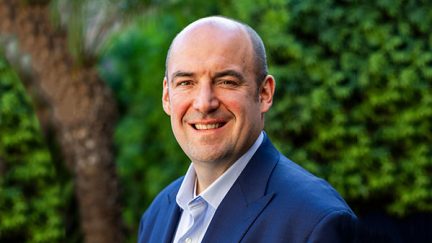Never miss a story — sign up for PLANADVISER newsletters to keep up on the latest retirement plan adviser news.
Northwestern Mutual CEO John Schlifske to Retire at End of ‘24
Executive Vice President Tim Gerend will take over the role next year.

John Schlifske
John Schlifske on Thursday announced his intention to retire, effective December 31, 2024, after serving as Northwestern Mutual’s CEO for 14 years and being at the firm for 37 years. His decision to retire follows the company’s longstanding mandatory retirement age policy.
During Schlifske’s tenure as CEO, New York-based Northwestern Mutual’s exclusive distribution network expanded to nearly 8,000 advisers from about 6,000. The company also achieved record revenue in 2022 (with 2023 figures yet to be reported) of nearly $35 billion, more than 50% growth since 2010, according to the announcement.
Northwestern Mutual also announced that its board of trustees has elected Tim Gerend, 52, to serve as the next CEO, effective January 1, 2025. Gerend will move from his current position as executive vice president and chief distribution officer to become the president of Northwestern Mutual. Schlifske will continue as chairman of the board of trustees until January 2025, when Gerend will assume this role.
“It’s been a pleasure to serve Northwestern Mutual for nearly four decades. I have a deep sense of pride and gratitude for Northwestern Mutual, our dedicated employees and field force of advisers,” Schlifske said in a statement. “With our strategic vision, commitment to mutual values, leading financial strength and unique culture, I’ve never had more confidence in the future of this company.”
Northwestern Mutual, which offers investment services, financial planning and life insurance, reported a record $2.2 billion in permanent life insurance sales in its 2022 annual report. It also noted a 7% decrease in overall client investment assets to $227 billion, due in part to market declines.
Gerend joined Northwestern Mutual as an attorney in 2002 and, over the past 22 years, has held various positions, including roles in law, field compensation and planning, enterprise compliance, and campus planning. In 2018, he took on the role of executive vice president and chief distribution officer, overseeing career distribution, marketing and strategic communications.
“I am humbled and honored to accept the role of CEO,” Gerend said in a statement. “John’s leadership and guidance over the years has been invaluable to me and other company leaders. I’m confident that with our talented employees and financial advisors, we will continue the momentum that John has created during his tenure.”
You Might Also Like:

NEPC’s Bill Ryan to Join Carlyle as Managing Director, Head of Retirement Solutions

Modern Wealth Names Derek Bruton Head of M&A

Edelman Financial Engines Appoints Ralph Haberli as Acting CEO
« PLESAs Are Important Coverage Expanders, SECURE 2.0 Co-Author Argues
